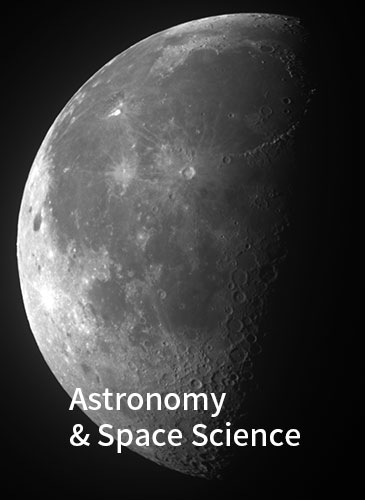Introduction
Department of Astronomy and Space Science
The department of Astronomy and Space Science at Chungbuk National University was established in 1988 with the goals of excellence in research and education. It started to offer the master program in 1994 and thePhD program in 1996. The department now has 6 full-time faculty, a number of junior and senior researchers, approximately 20 graduate and 120 undergraduate students.
The goalsfor undergraduate education are twofold: having students prepare for advanced researchand training students for public outreach. These have been achieved by solid curriculum we offer. The department provides classeson fundamental physics, astronomy and space science such as observational techniques, stellarastronomy, Electromagnetics, plasma physics, and so on. In addition, the department has classes on public outreach and communication skills in astronomy.
The department operates the Jincheon observatory.It has very popular public outreach programs that are run mainly by undergraduate students. The observatoryalso provides the students with an opportunityto see and participate inthe operation and maintenanceof the observatory.
The research program of the department is broad. It includes IRand opticaldata analyses, MHD in space science, general relativistic or radiation HD simulations, and high-energy observations and theoreticalmodelings.In order to help graduate students to gain basic knowledge on the research topics, the department offers advanced classes onIR/optical/X-ray astronomy, magnetohydrodynamics, general relativity, accretion disk theory, and astronomy education in formal/informal schools, etc.
After undergraduate study, many students continue their academic careers in graduate schools at universities.Some are employedas technicians at observatories, and othersbecome curators atnational museums or public/private observatories. Graduateswith a higher degree (MSc or PhD)pursue their research career at national research institutes such as Korea Astronomy and Space Science Institute and Korea Aerospace Research Institute, or at universities.
